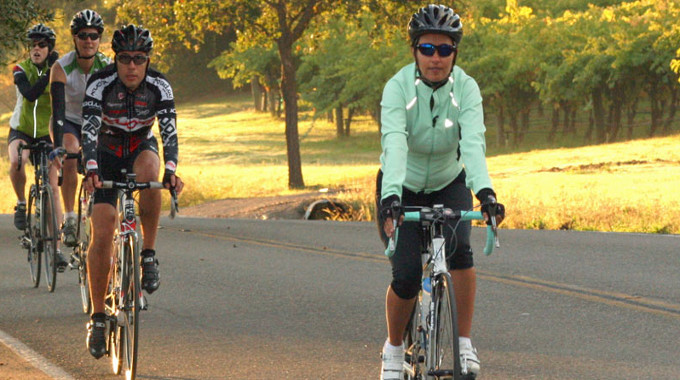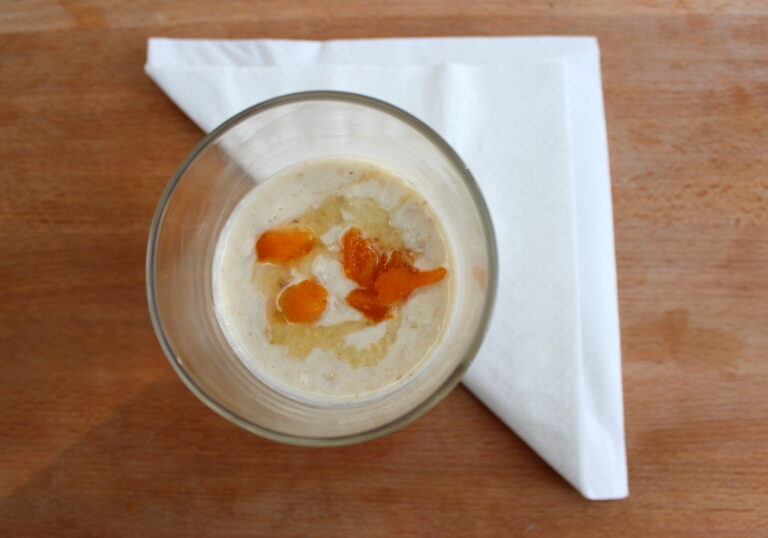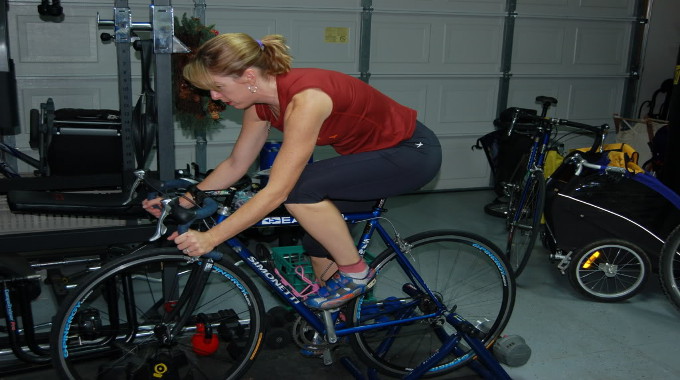What are base miles?
‘Base miles’ are the training miles of cycling you clock up in the off-season or over winter to increase your base fitness level. These are usually gained through long distance, long duration rides taken at a steady, low-to-medium intensity.
This will give you a strong base from which you can focus on other areas for development such as speed, explosive power, endurance and riding at different intensities. As an added bonus, this level of intensity is great for fat burning, which will also help improve your efficiency on the bike. Andy Wadsworth, who trains World Champion 4X racer Katy Curd, explains “If you want to burn fat during exercise you need oxygen. Breathing in oxygen and using it efficiently to help burn fat can only happen at lower intensity.”
How do base miles help your fitness?
It’s helpful to think of your body like an engine. It burns fuel in the form of stored fat and sugar and turns it into energy which powers your muscles.
Your body can do this in two main ways. Aerobic, which uses oxygen to burn through fat reserves, is the most efficient way and you can sustain this type of activity for long periods of time, so long as you have enough fuel. Anaerobic activity is how your body burns fuel at higher intensities, without oxygen. It gets energy where it’s needed quickly by burning stored sugar, but the by-products that build up in your muscles like lactic acid mean that you can’t sustain this type of activity for very long.
Training within your aerobic or endurance capabilities mean that your body gets more efficient at using oxygen and burning fat. If you do it regularly, your body comes to feel that this level of activity is normal – your base level of activity.
What this means in practice is firstly you’ll have a much greater level of fitness. Your body will be used to riding for many hours over long distances. And when it comes to stepping things up, for example riding at a greater intensity level, you are already at a higher level of fitness to start with.
How to get those base miles
Essentially, you are looking to retrain your body so it feels that long rides at low to medium intensity is normal.
Aim to do rides of 2 hours or more 3 times a week, plus a longer ride of four or five hours once a week. Over time, this should translate to rides of 40 to 60 miles. If you are already used to this level of activity, up the duration or frequency. If this is your first foray into getting base miles, start with a shorter duration for the first few weeks, and build up as you go.
If you haven’t done much base training before, you can expect to feel tired for the first couple of weeks, but you’ll be surprised how quickly your body adapts. Because you are riding within your endurance zone you shouldn’t be feeling like you’ve wiped yourself out completely – in fact, it should feel like a fun, enjoyable pace.
Riding regularly is key here, and skipping a week then doing one extra long ride isn’t going to cut the mustard. This is all about this level of activity becoming normal. Joining a club or finding friends to ride with over the winter can really help, as it will motivate you to brave the cold, and you’ll have more fun doing it.
Fitting in time for rides can be tricky, especially when the days are shorter. Make use of all the opportunities you can. Commute to work, but detour on the way home to make your ride longer. Get some bright lights and ride in the evening. Hop on the turbo trainer or rollers when the weather is particularly bad, or head to the gym.
Get good at using your gears too. Don’t be tempted to push hard up climbs, instead drop down to an easy gear and spin up them, keeping your heart rate as steady as possible.
What level of intensity should I aim for?
Maintaining the right intensity is important; go too hard, and you’ll tip your body over into that anaerobic sugar burning zone which will take it time to recover from.
Getting a heart rate monitor and a bike computer with a compatible sensor is really helpful here, as this will help you ride at the right intensity, and monitor your heart rate so you don’t deviate from it.
There are different ways of working out what heart rate you should be trying to maintain. You can get your zones measured accurately by having a functional VO2 max test, or heart rate ramp test. These are available at some gyms and by many trainers, but if you haven’t got access to that then try this.
Maximum Heart Rate. As a rule of thumb, this is 220 minus your age. You should then aim to keep your heart rate between 60% to 80% of this figure.
If you don’t have access to a heart rate monitor, then Andy Wadsworth suggests this simple method. “Exercise at a level where you could still hold some level of conversation. Once you start to get out of breath your body switches to using sugar which is short term energy stored in the muscles. Over time the level of intensity at which you burn fat will improve if you spend more than 75% of your riding time in this zone.”
Key points to remember when clocking up the base miles
- Keep it steady – don’t be tempted to go hard.
- Keep it regular – ride often, and you’ll reap the rewards.
- Keep it up – aim to keep clocking up the base miles for at least several months.
Also worth a read:
Lose weight while cycling: Everything you need to know
How to: Get the best road bike for your budget
60 Seconds with Lizzie Armitstead






